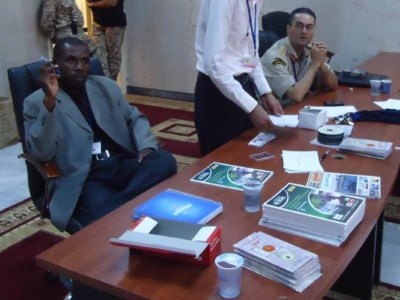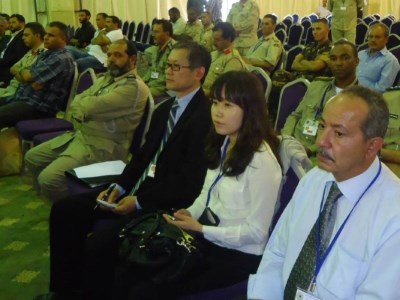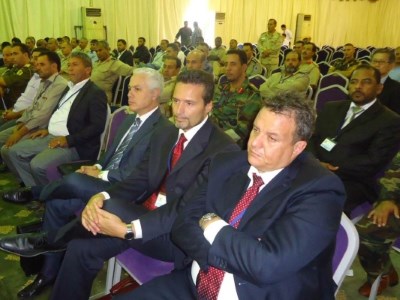In the Wadi weshatatah area located between the cities of Bani Walid and Tarhuna, the live ammunition exercise was carried out at the brigade level in the attack from the movement on a hostile area, and the units carried out
all their duties during the stages of the operational plan established with cooperation and high efficiency, which indicated the ability of the Libyan army units to reach the highest levels of efficiency and combat readiness.

The commander of the exercise presented a briefing in which he explained the sequence of combat, training, technical and logistical actions and the hypothesis on which the exercise was built, through detailed explanations on the sand table, in addition to presenting several reports, including the report of the head of administrative affairs of the brigade during the attack of the movement, as well as the engineering and chemical insurance plan, the report of the head of the brigade's intelligence and reports The various participating classes and their role in the exercise in order to coordinate and integrate efforts during the various stages of the exercise according to the specified timings.

The exercise was carried out in three phases:
The first stage: Occupying the waiting area, securing and guarding it.
The second stage: advancing from the starting line to the storming line at the specified times.
The third stage: storming the front line of the enemy's fortifications, penetrating deep into the enemy's defenses, and achieving the combat missions and objectives of the mission.

The implementation of the exercise included carrying out activities that simulate the level of a mechanized brigade by carrying out the attack from the movement with the participation of the brigade forces and the supporting units. The units and forces participating in the tactical exercise carried out all the tasks, stages and tasks assigned - according to the timeline and the operational plan for the exercise with all professionalism and competence.

The importance of the exercise lies in training the participating units to plan, implement, and coordinate efforts for the various combat operations. The exercise is the result of directing integrated training that is based on the military approach to achieve the desired objectives. The participants in its various stages demonstrated a high level, high combat readiness, and their professionalism in executing tasks, which is a test. Real and field, for the efficiency of weapons, equipment and participating units.

The exercise included shooting with various weapons (howitzer artillery 122, coastal artillery 130, rocket artillery, tanks, armored infantry vehicles, anti-tank weapons, light, medium and support weapons, including engineering destruction, air support, landing of special forces behind enemy lines) and others.

The exercise aims within the framework of a comprehensive plan for the General Staff to rebuild and rehabilitate all units and classes of the Libyan army, advance the military institution, raise combat readiness and inject new blood into its joints, train them on planning, decision-making ability and coordinate efforts under similar circumstances, as well as develop the capabilities of commanders and staff and Increasing their efficiency and keeping abreast of recent developments in the Joint Battle Command, especially since they have received high military scientific qualification in the field of military specializations.


The tactical exercise "Lion of the Desert" came in honor of the sheikh of the martyrs, the mujahid "Omar al-Mukhtar", and a message from the sons and grandsons of the mujahideen from the ground forces in particular, and the military establishment in general, that they have not forgotten the sacrifices of their fathers and grandfathers, and that they remain on the covenant, and the path of jihad and defense of Libya continues until The sovereignty and security of the homeland is achieved.









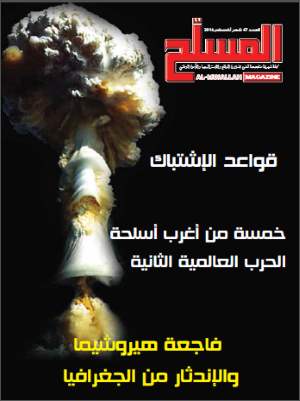
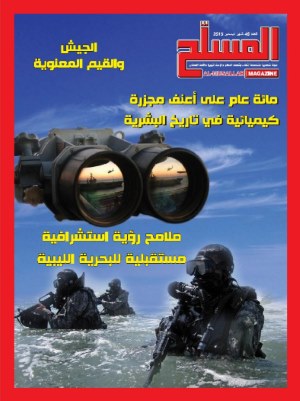
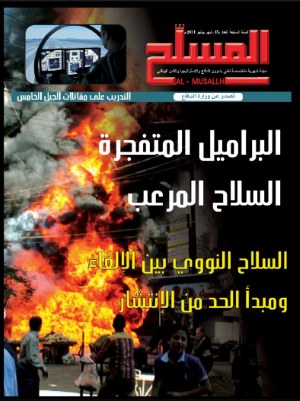
 English
English  العربية
العربية 

